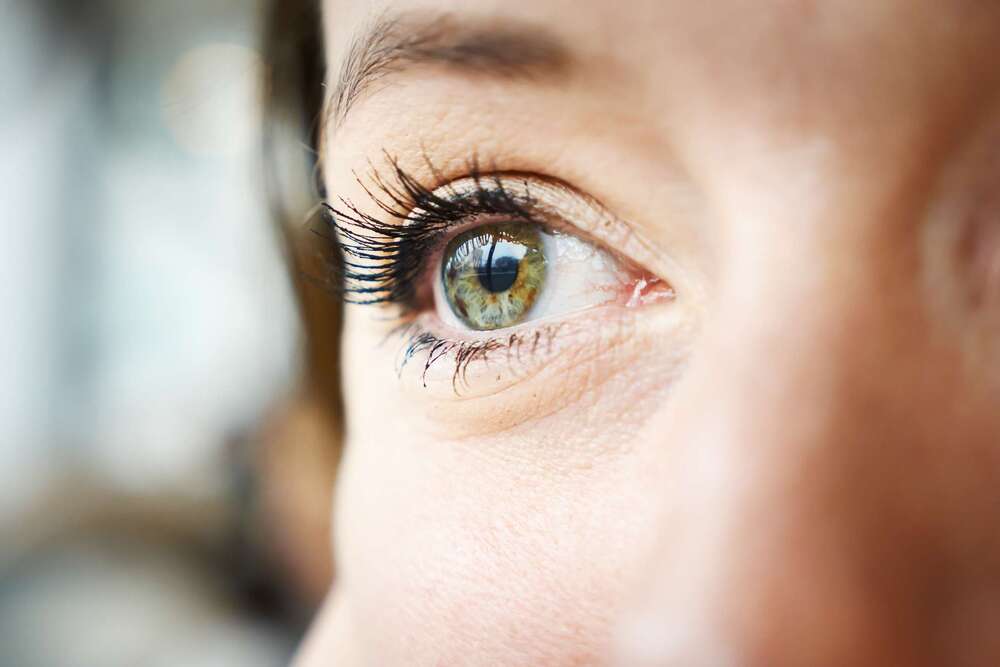Bottom-up processing is an explanation for perceptions that start with an incoming stimulus and work upward until a representation of the object is formed in our minds. This process suggests that our perceptual experience is based entirely on the sensory stimuli that we piece together using only data that is available from our senses.
In order to make sense of the world, we must take in energy from the environment and convert it to neural signals, a process known as sensation. It is in the next step of the process, known as perception, that our brains interpret these sensory signals.
How exactly do people process perceptual information from the world around them? There are two basic approaches to understanding how this sensation and perception take place. One of these is known as bottom-up processing and the other is known as top-down processing.
